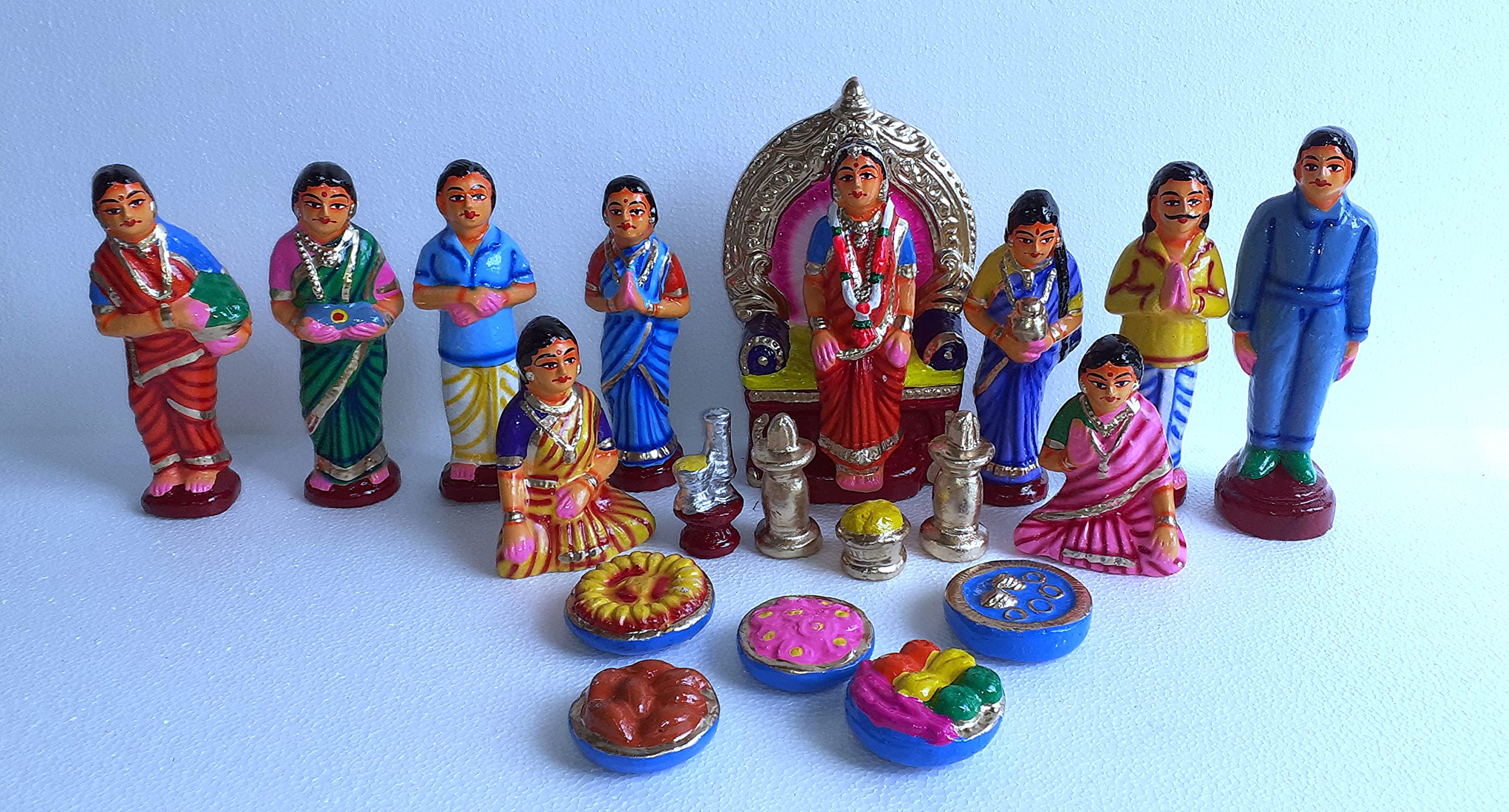A Traditional Hindu Baby Shower Ceremony, known as Seemantham/ Godh Bharai, is a significant and joyous occasion that celebrates the upcoming arrival of a new life. This ceremony is rich in cultural traditions and spiritual significance, aimed at blessing the expectant mother and her unborn child with health, happiness, and prosperity. Organizing a Seemantham involves meticulous planning and adherence to customs that have been passed down through generations. Here, we present a comprehensive guide to help you organize a memorable and meaningful Seemantham ceremony.
Understanding the Significance of Godh Bharai
Godh Bharai translates to “filling the lap” and symbolizes the mother’s readiness to welcome her baby. The ceremony is typically held in the seventh month of pregnancy, a period considered auspicious as it marks the safe transition of the baby to the final trimester. The ritual is a way to express joy, share blessings, and prepare the mother for childbirth.
Choosing the Auspicious Date
Selecting an auspicious date for the Seemantham is crucial. Consulting with a knowledgeable astrologer or family priest ensures the ceremony is held on a day that aligns with favourable planetary positions, enhancing the blessings and positivity surrounding the event.
Inviting the Guests
The guest list for a Godh Bharai typically includes close family members, friends, and relatives. Sending out traditional invitations well in advance is essential. The invitations should reflect the cultural essence of the ceremony, often adorned with images of deities and printed in vibrant colours.
Decorating the Venue
The venue, often the expectant mother’s home or a relative’s house, is beautifully decorated with flowers, rangoli, and colourful drapes. Marigold flowers and mango leaves are commonly used as they are considered auspicious. The decorations should create a warm, welcoming atmosphere filled with joy and positivity.
Dress Code for the Ceremony
The expectant mother is usually dressed in a traditional saree, often gifted by her in-laws, and adorned with jewellery and flowers. Guests are also encouraged to wear traditional attire, such as sarees for women and dhotis or kurta-pyjamas for men, to maintain the cultural ambience of the event.
Rituals and Traditions
Welcoming the Mother
The ceremony begins with the mother being escorted to the ceremonial area by elder women of the family, often under a canopy of flowers. She is seated on a decorated seat or swing, symbolizing the cradle for the baby.
Application of Kumkum and Haldi
Elderly women apply kumkum (vermilion) and haldi (turmeric) on the mother’s forehead, signifying purity and protection. These substances are believed to ward off evil spirits and bring good luck.
Filling the Lap
The main ritual involves filling the mother’s lap with various items, such as fruits, sweets, and rice, symbolizing abundance and prosperity. Each item has its own significance, like fruits for health, sweets for happiness, and rice for fertility.
Blessings and Gifts
Relatives and friends bless the mother by placing their hands on her head and offering heartfelt wishes for a safe delivery and a healthy baby. They also present her with gifts, often items useful for the baby and mother post-delivery, such as clothes, toys, and other essentials.
Musical Celebrations
Traditional songs and dances play a vital role in the Godh Bharai ceremony. Women gather to sing folk songs, often accompanied by musical instruments like the dholak and harmonium, creating a festive and joyous atmosphere.
Feasting and Celebrations
A Godh Bharai ceremony is incomplete without a grand feast. The menu typically includes a variety of traditional dishes, sweets, and snacks, reflecting the family’s rich culinary heritage. Special care is taken to prepare foods that are safe and beneficial for the expectant mother.
Post-Ceremony Activities
After the rituals, guests are entertained with games and activities related to pregnancy and childbirth. These activities not only provide entertainment but also strengthen the bond among family members and friends.
Conclusion
Organizing a Traditional Hindu Baby Shower (Godh Bharai) requires attention to detail, respect for cultural traditions, and a lot of love and joy. By following these guidelines, you can ensure that the ceremony is a memorable and meaningful celebration of new life and motherhood. The blessings and positive energy generated during this sacred event will undoubtedly pave the way for a happy and healthy journey into parenthood.





